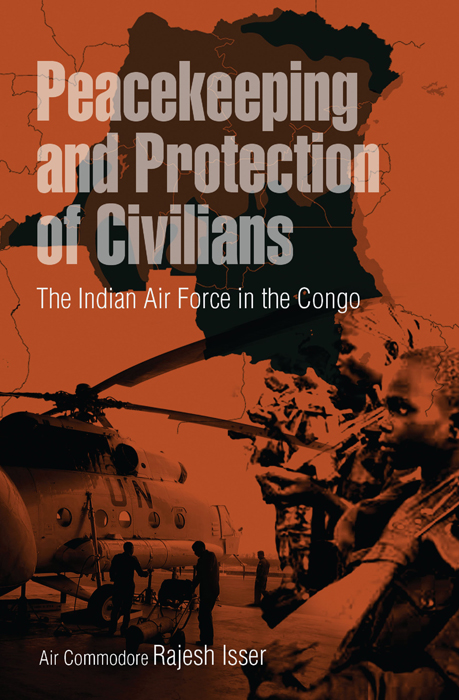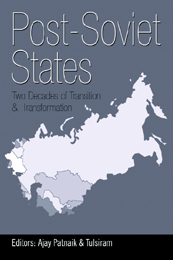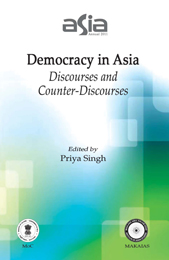Subjects
Peacekeeping and Protection of Civilians: The Indian Air Force in the Congo
Rajesh Isser
Peacekeeping under the United Nations flag is a most noble endeavour. India can rightly be proud of its commitment and contribution to this cause. While the Indian Army’s long-standing legacy has been extensively and well documented, IAF’s history in peacekeeping is far less known or written about. This book makes a beginning to put the record straight.
Employment of air power, dramatic and awe inspiring in all its manifestations, has been dogged by controversies of collateral damage and larger political ramifications. NATO’s use is one extreme driven by aversion to own body-bags, while UN peacekeeping represents the other end of judicious and calibrated employment. Various chapters in the book give insights into risks, pay-offs and complexities of air power in UN peacekeeping.
Protection of Civilians is a topical subject with controversial issues such as R2P and Libya likely to remain debatable for a long time to come. In future, R2P would be an issue that would need to be closely followed by all instruments of the Govt. involved in peacekeeping. This work makes an effort to put this debate in perspective and poses important questions for the country.


 Political Science
Political Science



